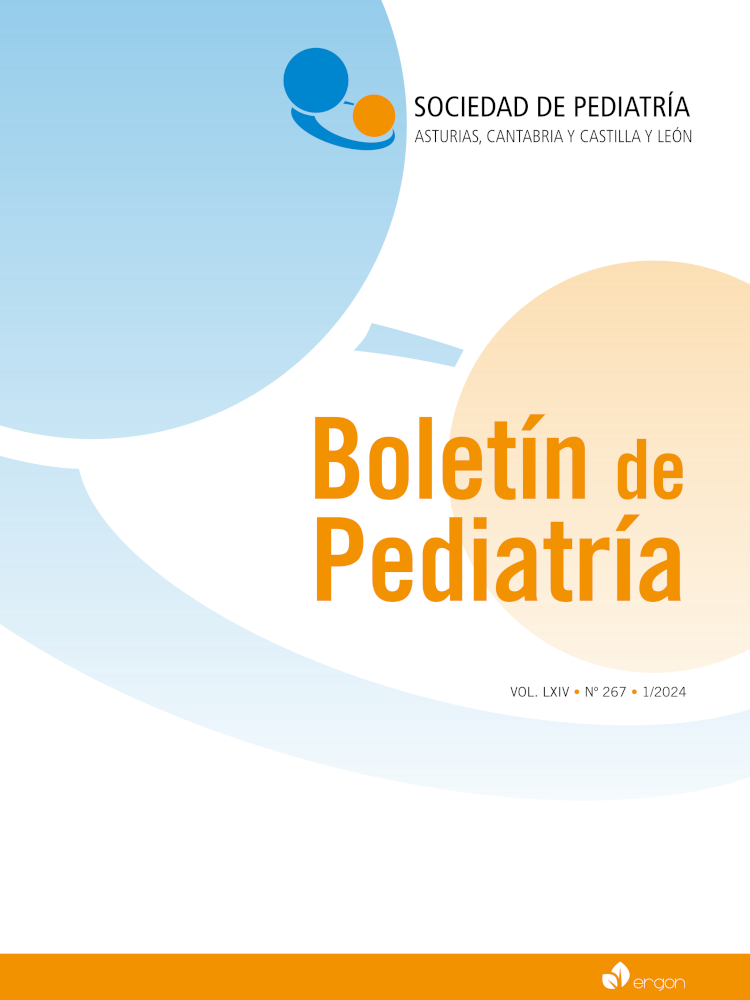Abstract
Introduction. Eosinophilic esophagitis is an immunemediated, chronic and progressive disease, combining esophageal dysfunction and eosinophilic infiltrate exclusive to the esophagus. Both its diagnosis and its response to treatments require histological evaluation through repeated endoscopies. Case report. 11-year-old male with dysphagia for solids of years of evolution with worsening in recent months; anxiety before eating with weight stagnation; vomiting in food impactions; postprandial heartburn. Pathological history: repeated bronchospasms and sensitization to Alternaria. Physical examination: signs of weight-height hypotrophy (somatometry: around –2 standard deviations; Carrascosa 2017). Complementary tests: general blood test without significant alterations including food-specific immunoglobulins E; prick test sensitization to pneumoallergens; gastroscopy edematous esophageal mucosa, longitudinal furrows and whitish exudates, gastric mucosa signs of gastritis, normal duodenal mucosa; histology with a maximum of 35 eosinophils per high-power fields and mild-moderate chronic gastritis with Helicobacter pylori infection. Treatment and evolution: induction of remission with high-dose proton pump inhibitors with good clinical and macroscopic response (partial histological), reducing to maintenance doses; In the event of a macroscopic (non-histological) relapse, a diet free of milk and gluten is started without response; second attempt at remission with inhibitors without success; finally, swallowed corticosteroids are prescribed with good macroscopic and histological response; pending control with maintenance dose, asymptomatic. Discussion. Like our case shows, this disease has a difficult management due to patchy involvement of the mucosa and clinical-histological discordance, which complicates the interpretation of its results.

This work is licensed under a Creative Commons Attribution-NonCommercial 4.0 International License.
Copyright (c) 2024 Boletín de Pediatría
